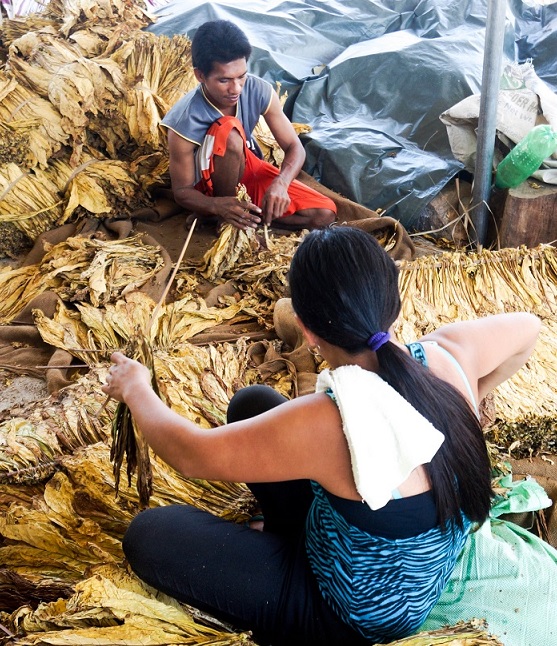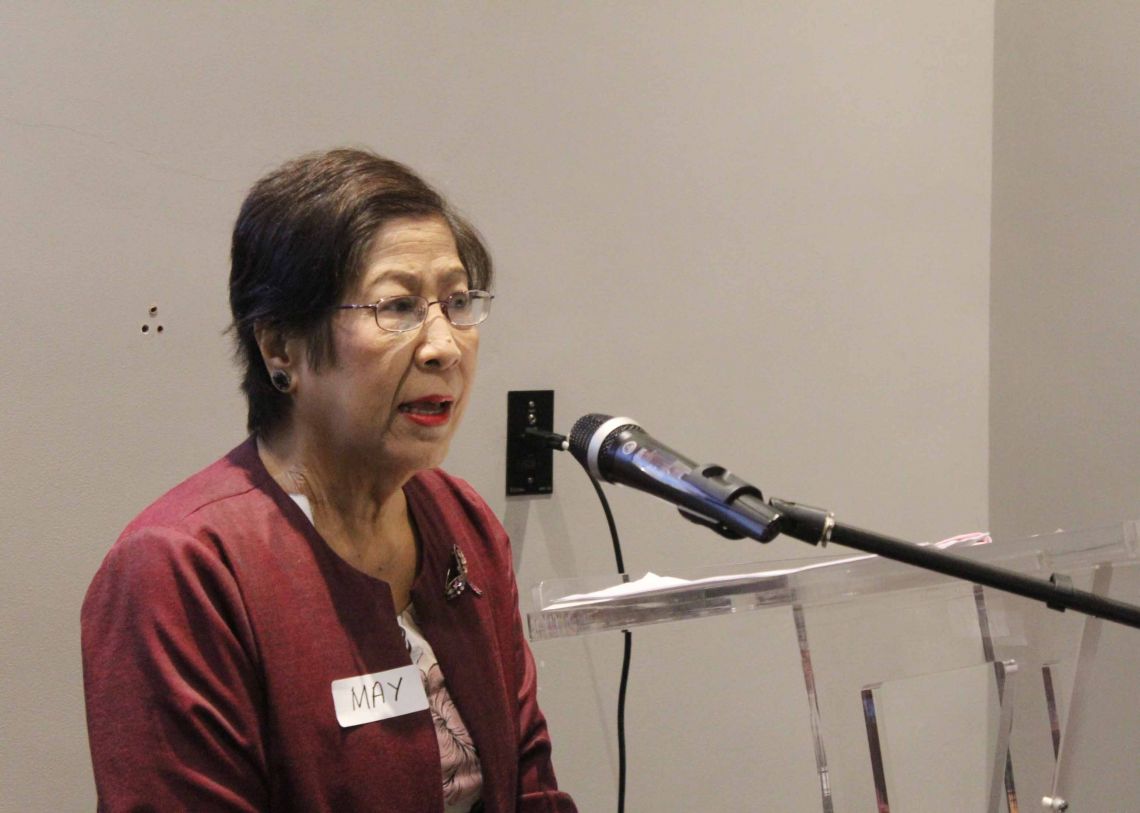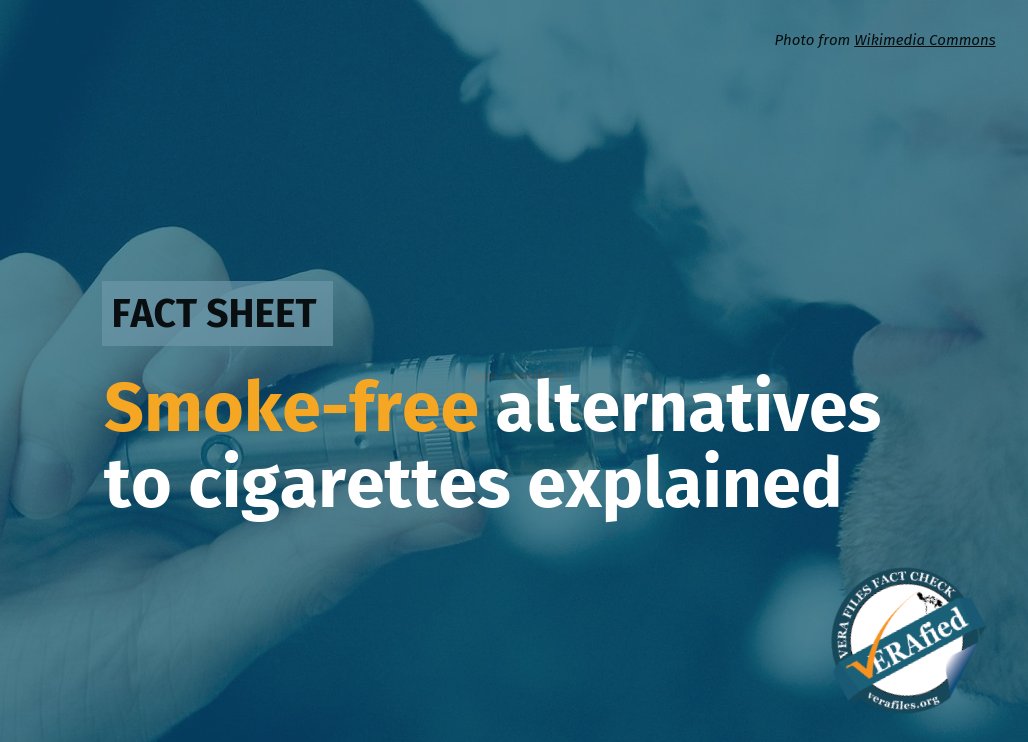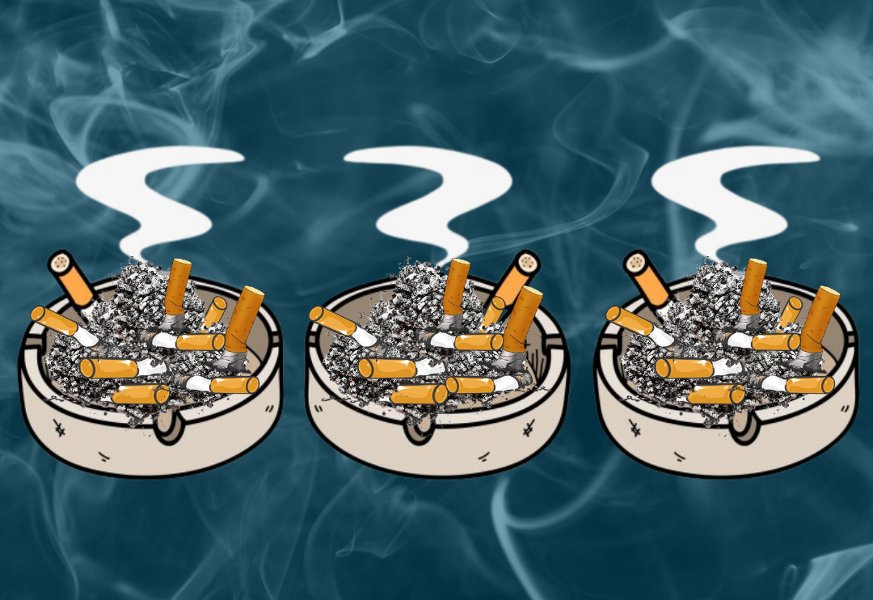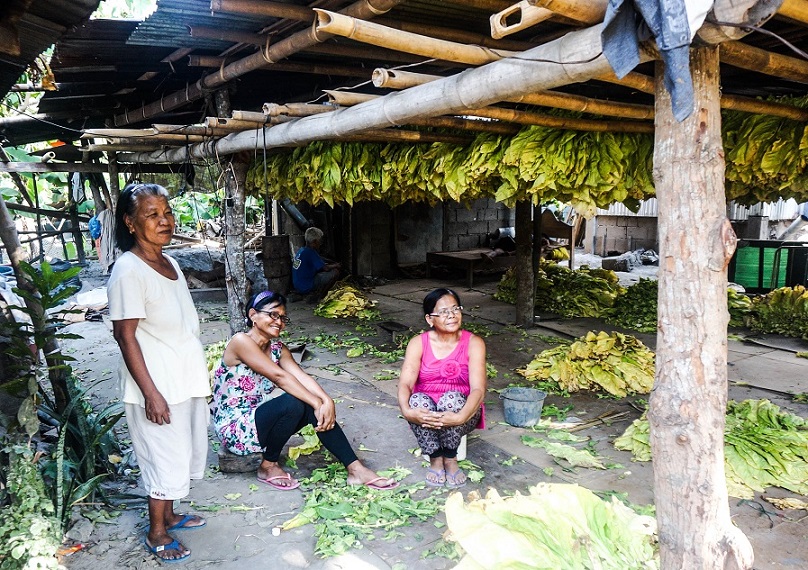
La Union tobacco farmers Rita Soriano, Susan Ferreras and Ceferina Ibay—all senior citizens—do not see themselves retiring from tobacco planting anytime soon.
CABUGAO, Ilocos Sur — Shirley Pichay, 38, is a wife and mother of two. But around here, she is known as a “cowboy.” That’s what intermediaries in the tobacco industry are called. She buys tobacco from farmers and sells it to her “boss,” who owns a truck and transports the product in bulk to tobacco companies.
Cabugao, the nearby Candon City, and Santa Cruz and Balaoan in La Union are the biggest producers of tobacco in the country. Since 2016, they have received more than a billion pesos each in excise tax shares purportedly earmarked by law to improve the lives of farmers and shift them away from tobacco.
But the continuing presence of “cowboys” like Pichay illustrates that the planned shift is not working, and the Tobacco Regulation Act has been counterproductive, if not a failure, in curbing tobacco production.
If the smoking regulation law were to be followed, tobacco farmers should have switched to other crops and livelihood as early as 2008, the deadline imposed by Republic Act 9211 on agencies such as the National Tobacco Administration (NTA) to assist farmers who will have been displaced by efforts to curb tobacco production and smoking.
Yet 10 years past the cutoff date, the Philippine tobacco industry only keeps on growing, with the NTA reporting a spike in tobacco production and more farmers registered under its contract growing system, while local governments are keen to continue their support for tobacco farming for the billions of revenues it brings.
Meanwhile, farmers are forced to stay because of loans from multimillion-peso companies and piecemeal government subsidies unique to tobacco farming.
“If the NTA was true to its mandate to protect the welfare of tobacco farmers, it would be doing much more to help farmers shift to alternative livelihoods instead of promoting the tobacco industry,” Dr. Ulysses Dorotheo of the Southeast Asia Tobacco Control Alliance (SEATCA) told VERA Files.
“Why? Tobacco farming is harmful to farmers as it harms their health, is not economically lucrative, harms the soil, and exposes farmers to exploitation by the tobacco industry, keeping them in a cycle of debt,” he added.
Budget Secretary Benjamin Diokno, in an interview with VERA Files, said excise taxes are a form of indirect subsidy to the tobacco industry.
Excise taxes, collected from the sale of tobacco products, are divided among tobacco-producing local governments under RA 7171. Later, it was amended by RA 10351 or the sin tax law, which raised cigarette taxes and required that 15 percent be channeled to developing alternative farming systems.
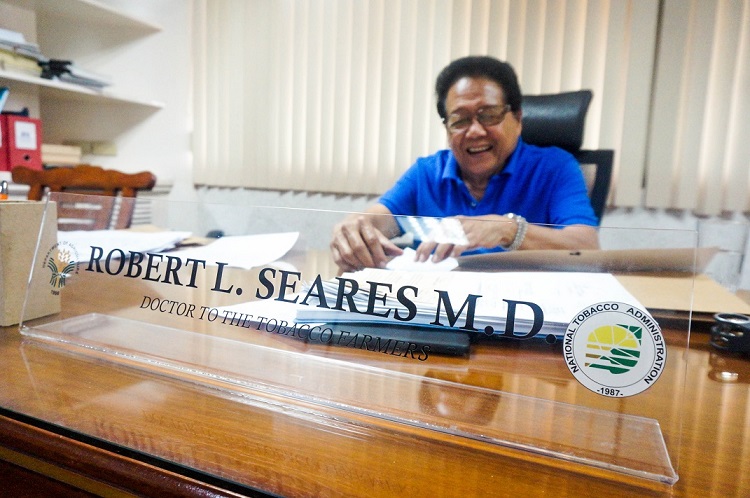
NTA Administrator Robert Seares eyes the expansion of subsidies for its contract growing system if revenues from sin taxes allow.
“The motivation there is to move away from tobacco farming, but it perpetuates instead,” Diokno pointed out.
“What is the objective of the sharing? As I said, the objective is for them to go to alternative crops. But based on that evidence, are they successful?” he added.
A previous investigation by VERA Files shows the bulk of excise tax shares is spent on infrastructure projects that may not have necessarily benefited farmers. In Ilocos Sur, for instance, a monstrous structure intended to be a trading center sits padlocked to the ground.
“Tobacco is the lifeblood of our province. That is why we should sustain and improve this industry,” Ilocos Sur Governor Ryan Singson was quoted in the province’s official website.
If it were not for tobacco, Ilocos Sur would not have been a first-class province, Singson said, adding that farm-to-market roads and farm implements were funded by excise taxes.
Yet stories told by farmers and farm workers reflect continuing hardships not eased by the funds that keep flowing year after year.
In Candon City, which has received P1.04 billion since 2016, the local government holds a festival every March to celebrate gains from tobacco. People participate in street parades, pageants, trivia quizzes and even tobacco-rolling contests.
But farmers like Manuel Ramos, 63, would rather spend the day paying close attention to his crops.
“Kung talagang tatawagin nilang tobacco festival, lahat ng nagtatanim ng tabako nakangiti (If that’s a real tobacco festival, then every planter of tobacco should be smiling),” he said. “Pero hindi naman, wala naming kita iyong iba (But that is not the case, because many still do not earn).”
Ramos, who chairs the recently formed association of farmers in Barangay Tablac, has been planting tobacco and other crops since he was four, but says it was only last year that he received a one-time government assistance of fertilizers, pesticides and cash worth P30,000 for his two-hectare tobacco farm.
“Kung hindi gumawa ng pakanang ganun, walang magtatanim ng tabako (If they don’t make such gimmicks, no one will plant tobacco),” he said.
Ramos once tried switching to tomatoes, but it yielded very little, forcing him to return to tobacco.
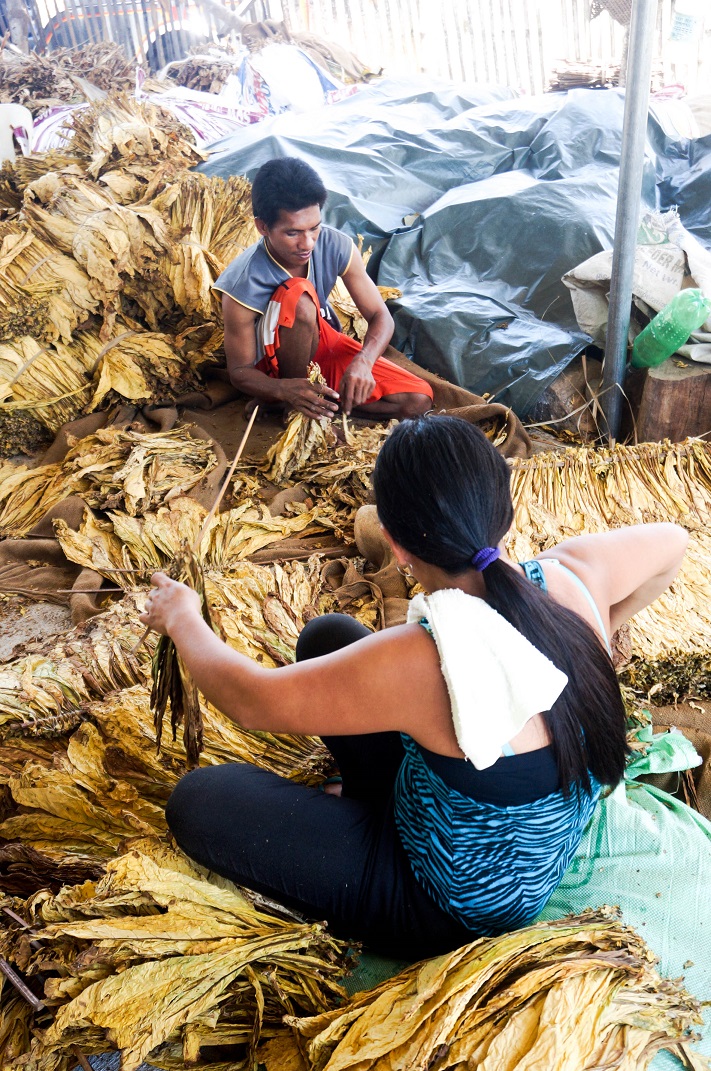
Farm workers in Cabugao, Ilocos Sur stitch tobacco leaves by hand.
Tobacco always has a market, he says. Even if his tobacco products are low-grade, the companies buy them, compared to vegetables, where no one wants to buy even the good ones.
In Balaoan, La Union, which has received P1.12 billion since 2016, 55-year-old farmer Susan Ferreras says she doesn’t see herself leaving the fields anytime soon. Tobacco has become her family’s lifeline.
She recalls renting in her teenage years a small parcel of land where she and her husband can plant tobacco and earn enough to raise a family and send their children to school. She says compared with other crops, tobacco needs more patience, attention and care.
“Mas mahalaga pa iyong tabako kaysa iyong asawa mo (Tobacco is more important than one’s spouse sometimes),” she said.
Tobacco planting season starts in December and runs until June. Ferreras says during harvest time, she and other workers would stitch tobacco leaves by hand and load each bundle into a curing barn, where freshly cut wood is kept on fire for a week or so until the leaves turn yellow, slightly charred and with brown spots.
Then, she would sell her product to the Philip Morris Fortune Tobacco Corp. (PMFTC), where factory workers would segregate and assign prices — what they deem poor quality or burnt tobacco leaves don’t usually make the cut.
Sometimes, what she thinks are good leaves get rejected, says Ferreras.
“Kahit umiyak ka, lumuhod ka. Wala kang magawa (Even if you bawl and beg, you can’t do anything),” she says. “Kasi may utang ka doon. ‘Doon ka kumukuha ng panggastos mo sa tabako, kaya binibigay mo na rin (Because you owe them money. They loan you money for tobacco farming, so you give in),” she added.
In Santa Cruz, which has received some P1.17 billion since 2016, tobacco farmer Nedzpar Rosal also relies on PMFTC for fertilizers and other farm inputs.
But none of these are free as Nedzpar has to pay the company back for everything it gives, says his brother, Romeo, who helps out in the fields.
Ramos, Ferreras and Rosal belong to the 4,617 farmers registered under the NTA, which acts as an arbiter between farmers and tobacco manufacturing companies — a scheme called “contract farming.”
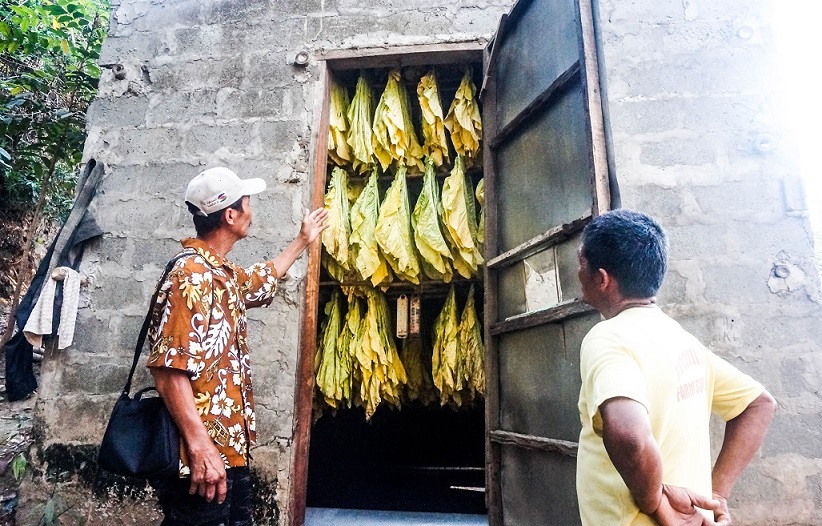
Tobacco farmers in Candon City, Ilocos Sur inspect freshly harvested bundles of tobacco leaves hung in a curing barn, where freshly cut wood are kept on fire.
Compared to other crops, tobacco farming has a unique system that draws farmers to it, NTA Administrator Robert Seares told VERA Files.
“(Farmers) shift to corn production, but later on, after two years, they will go back to tobacco,” he said. “Because they don’t have a market for corn. They don’t have a floor price for corn. No market, no assistance, that’s why they will come back to tobacco.”
RA 9211 mandated the NTA to promote cooperative programs that would assist farmers in developing alternative farming systems, planting alternative crops and other livelihood projects.
On the one hand, the NTA implements programs such as hog production, rice production and beef cattle dispersal and established training schools in meat processing, noodle, bread and pastry making.
On the other, it continues to allocate millions of pesos into its tobacco growing contract system, and the number of tobacco farmers and land planted with tobacco increased by 21 and 27 percent, respectively in 2017.
The same year, it reported a spending of P 114.89 million in cash assistance, fertilizers and pesticides, 20 percent of which were subsidized for farmers under its tobacco growing contract system.
“(Farmers) have to tie up with the other tobacco manufacturing companies and the tobacco buyers because if they are not going to tie up with these tobacco manufacturers, they might not be able to sell their wares,” Seares said.
Yet SEATCA’s Dorotheo argues that “greater revenues” await tobacco farmers when they start switching to other crops, which demand less time and farming costs.
But the NTA, citing its “farmers first policy,” said it is looking into expanding subsidies for its contract growing system—from raising the present partial subsidy of 20 to 40 percent, and eventually 100 percent if revenues from sin taxes in 2019 permit.
“Alam mo itong mga present na farmers, wala napalagay kong papalit diyan. Wala na. Wala na iyong mga generation na susunod (These farmers of today are the last generation of farmers, I think. No one will replace them),” Seares said.
More, a contract growing system, he said, would eventually eliminate “cowboys” like Pichay.
“Sila ang nagpapababa ng presyo ng tobacco. Lalo na kung gipit iyong tao (They are the ones who buy tobacco at cheap prices, especially when the farmer is desperate),” Seares said.
“Pagka ginipit, pumupunta (ang farmer) sa cowboy, umuutang. Itong cowboy naman, pupunta sa boss niya na tobacco trader, doon pinapautangan,” he added, explaining how farmers have become dependent on traders for loans.
“They’re taking advantage of the people’s dire situations,” Seares said. “This is what we want to eliminate.”
Yet, life goes on for Pichay, even as the government thinks “cowboys” like her must be weeded out. They, too, live with deep uncertainty, she says, as with any farmer who has gambled but failed to leave tobacco farming. It is the only game in town they know.
“Yung pagbebenta ng tobacco, walang kasiguraduhan iyan, may kita ka o wala. Meron iyong minsan, nalulugi ka (There is no guarantee in selling tobacco. Sometimes you earn, sometimes you don’t),” said Pichay.
(This story was produced under the “Mga Nagbababang Kuwento: Reporting on Tobacco and Sin Tax Media Training and Fellowship Program” by Probe Media Foundation with the support of the Campaign for Tobacco Free Kids. VERA Files is put out by senior journalists taking a deeper look at current issues. VERA is Latin for true.)
